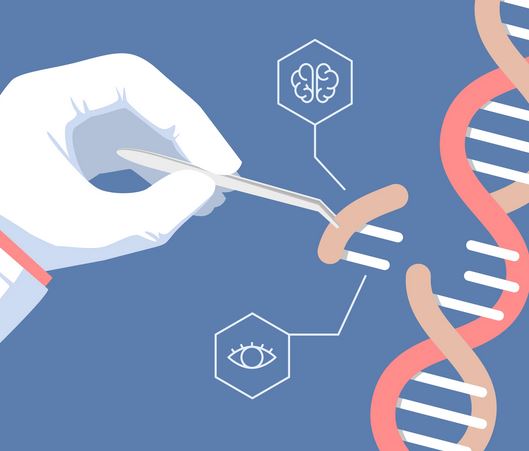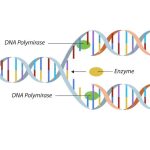Have you ever played a game of “Whac-A-Mole?” You know, the one where you use a mallet to hit moles that pop up randomly from different holes? Well, imagine that each of those moles represents a gene in your body. And let’s say that you could use a special tool, like a tiny little hammer, to edit those genes and make them do what you want. Let’s have a look at Gene Editing Easy Explanation

For example, let’s say you have a gene that makes you really love broccoli (because, let’s face it, not everyone loves broccoli). But your friend has a gene that makes them hate broccoli.
With gene editing, you could use your little hammer to “whac” the gene that makes your friend hate broccoli, and replace it with the gene that makes you love it. Voila! Your friend now loves broccoli too!
Of course, this is a silly example, and gene editing is much more complicated than just whacking genes with a hammer. But hopefully it helps you understand the basic idea of what gene editing is all about.
Imagine that you’re a scientist studying a rare genetic disease that affects millions of people around the world. This disease is caused by a single genetic mutation, which leads to a malfunctioning protein in the body that causes severe symptoms and can be fatal.
Now, imagine that you have a tool that allows you to go in and edit the DNA of the affected individuals, fixing the mutation and preventing the disease from ever manifesting. This is what gene editing is all about.
One technique that is often used in gene editing is called CRISPR-Cas9. Essentially, it works like a pair of molecular scissors that can cut the DNA at a specific location, allowing researchers to remove or replace specific pieces of genetic code.
Using this technique, scientists have already been able to successfully edit the genes of mice, monkeys, and even human embryos. And while there are still many ethical and safety concerns that need to be addressed before gene editing can become widely used in humans, it holds incredible promise for treating a wide range of genetic disorders and diseases.
So, while it may not involve whacking moles with a tiny hammer, gene editing is a fascinating and powerful tool that could potentially revolutionize the way we approach healthcare and disease prevention.
Gene editing in crops is a technique that is used to modify the DNA of plants, allowing them to produce desired traits, such as increased yield, resistance to pests and diseases, improved nutrient content, or tolerance to environmental stress.
The process of gene editing in crops typically involves four main steps:
- Identifying the target gene: Scientists first identify the gene or genes they want to modify in the plant’s DNA.
- Designing the guide RNA: The guide RNA is a molecule that acts like a GPS to direct the CRISPR-Cas9 enzyme to the precise location in the plant’s DNA where the desired gene is located.
- Editing the DNA: Once the guide RNA has located the target gene, the CRISPR-Cas9 enzyme cuts the DNA at that location. This triggers the plant’s natural DNA repair mechanisms, which can be harnessed to either remove or replace the gene in question.
- Screening for successful edits: Finally, scientists screen the plant to determine whether the desired genetic modification has been successfully made.
This can involve a range of techniques, including genetic sequencing, phenotypic analysis (looking at the plant’s physical characteristics), and biochemical assays.
Overall, gene editing in crops has the potential to significantly improve the sustainability, productivity, and nutritional value of agriculture, while also reducing the need for harmful pesticides and herbicides. However, it is important to carefully consider the ethical and environmental implications of these technologies, and to ensure that they are used safely and responsibly.




















